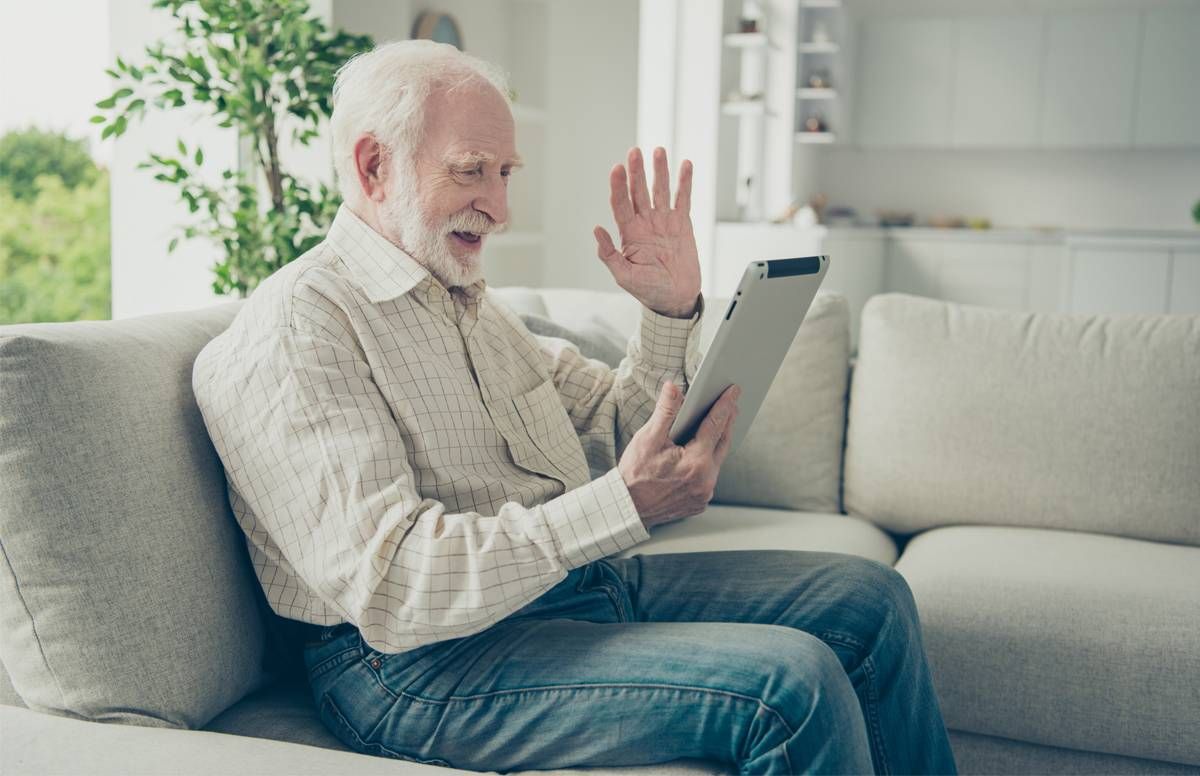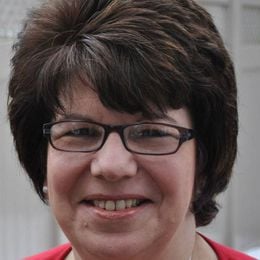Easing the Isolation During the Coronavirus Crisis
Stay-at-home orders can make isolation even worse for many
The coronavirus (COVID-19) pandemic has much of the world sheltering in place. While it may be frustrating and challenging for many of us, this increased isolation is especially hard on the mental and physical health of older adults — the same group most at risk of getting the virus with and severe consequences of infection.

About 28% of older adults in the United States, or 13.8 million people, live alone, according to a report by the Administration for Community Living’s Administration on Aging. While many older Americans say they’re not usually lonely or socially isolated, they now find themselves suddenly cut off from in-person contact with friends, family and activities that help keep them engaged. This increases anxiety and fear and potentially leads to long-term negative consequences, say mental health experts. But there are ways to ease the isolation.
Research links social isolation and loneliness to higher risks for a variety of physical and mental conditions: high blood pressure, heart disease, obesity, a weakened immune system, anxiety, depression, cognitive decline, Alzheimer’s disease and even death, according to the National Institutes of Health. People who find themselves unexpectedly alone due to the death of a spouse or partner, separation from friends or family, retirement, loss of mobility and lack of transportation are at particular risk.
Now, we can add COVID-19 mitigation measures to this list.
One Crisis on Top of Another
“What I have seen in my clinical practice is that disruption in routine and the unknown is very anxiety-provoking,” says Eve Byrd, a nurse-practitioner with expertise in geriatric psychiatry.
Byrd, who directs the Carter Center’s Mental Health Program, says one key strategy for maintaining good mental health in the current climate is limiting exposure to what's on television. However, TV or radio may be the only sources of distraction for older adults, if poor eyesight limits their ability to read, knit or enjoy hobbies that require visual acuity.
"What I have seen in my clinical practice is that disruption in routine and the unknown is very anxiety provoking."
What concerns Byrd most is that without people coming to visit or regular interactions with others in the community, it’s hard to know how well an older adult is truly functioning. Things can go badly very quickly.
“When that routine is disrupted it's very, very scary, because they may not have the wherewithal to be able to reach out, especially if they're in a building that doesn't have any kind of services or isn’t checking in on people,” Byrd says.
So, some older people may become depressed, and begin to feel hopelessness about their situation. Some fear going out for groceries or to the pharmacy. They may stop preparing meals or taking their medication. Fortunately, service providers in many communities recognize this risk — and hundreds of volunteers have stepped forward to deliver meals, conduct wellness checks by phone or just leave a note on an older person’s door to let them know they’re not alone.
Our Commitment to Covering the Coronavirus
We are committed to reliable reporting on the risks of the coronavirus and steps you can take to benefit you, your loved ones and others in your community. Read Next Avenue's Coronavirus Coverage.
Easing the Isolation
For older adults who suddenly find themselves homebound, there are numerous ways to cope, according to Byrd.
“Scheduling their day, if they're able to do that, is really important,” she advises. “It’s a technique we use in psychosocial services called ‘behavioral activation’. And what that means is really being very intentional of thinking, what are the things that you enjoy doing, and then adding more of those to your day.”
It’s not about just turning off the television. It's thinking of things that you enjoy doing, and then adding a couple of those activities to the day just so it's less monotonous, Byrd says. It can be simple pleasures, like writing letters to friends, sitting on the front porch for 20 minutes, calling a grandchild, looking at an album of family photos, or at a magazine. It's not as easy as it sounds, Byrd admits, but it really makes a huge difference.
“You have to kind of think of those simple pleasures and try your best to keep those routines up and stay really intentionally thinking about what are things that make me feel better versus sitting and kind of obsessing over these things that we don't have control over right now,” Byrd says.
How to Be Alone, but Not Lonely
There’s a difference between being alone and being lonely, according to Ruth Finkelstein, executive director of the Brookdale Center for Healthy Aging at Hunter College in New York City and a professor at Hunter College’s School of Urban Public Health. Finkelstein is also a Next Avenue Influencer in Aging.
She recently wrote about how social distancing can not only save lives, but can also be an opportunity for those of us who have access to social networks, information and resources to help those who do not.
“For lots of people, getting out and doing errands is an important part of their socialization,” Finkelstein says. “I’ve characterized it as their spiderwebs; it's in a lower level than a social network.” We can help our older relatives, friends or neighbors figure out how to keep those networks active.
"We need to be more committed in our actions as far as older adults, and we need to look for signs long after the crisis is over."
If the older adult has internet access, you can help them sign up for services like grocery delivery, even if they normally go out to shop. Regular check-ins from multiple family members can be very helpful, especially if you can conduct Zoom or FaceTime chats. “But sometimes, technology just adds more anxiety,” Finkelstein says.
She suggests older adults even become “virtual” volunteers themselves, perhaps making phone calls to others who may feel isolated and alone. Many senior centers, places of worship or settlement houses welcome the participation.
“It would say to older people who are able, that ‘I'm helping, participating.’ Feeling like you're contributing is a good antidote to the messages that are making you feel like you have a problem,” Finkelstein says.
The New York Academy of Medicine has compiled this list of additional ideas on how we can help our older neighbors who may be anxious about venturing out or have no one nearby to help.
Even when this public health threat eases, the mental health needs of older adults need to remain in the spotlight, Byrd says. Depression, anxiety and other issues are often overlooked as just something that happens to people as they age.
“We need to be more committed in our actions as far as older adults, and we need to look for signs long after the crisis is over,” she says.


